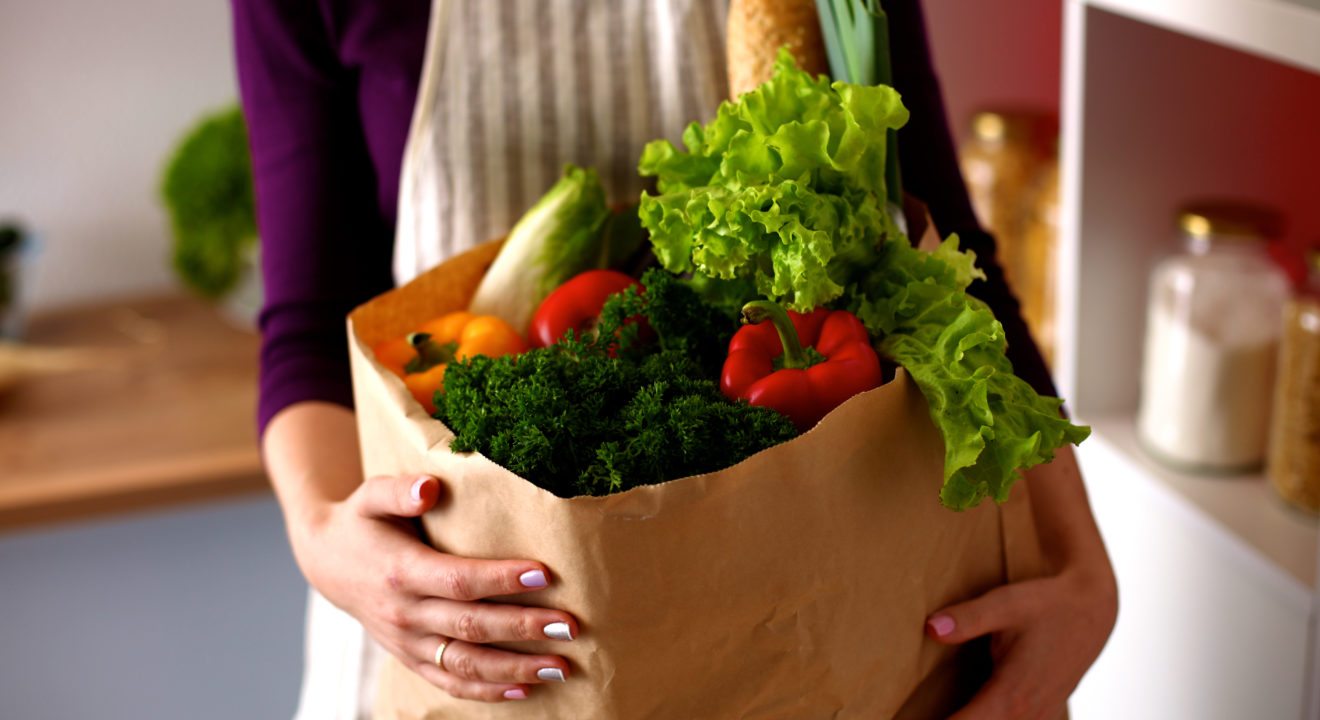Sustainability August 12, 2016


The search for the perfect fruit or veggie continues, and everything else gets thrown away. Why? Simple – if it’s not beautiful enough, people won’t buy it.
According to The Guardian, new research has reported surprising news about how almost half of the food produced in the United States is thrown away. Producing a perfect fruit or vegetable is essentially an unattainable goal, but some men and women still think it’s possible. As a result, food is thrown away because of a single bruise or imperfection. This, then, contributes to poverty and environmental issues worldwide. Sometimes, bruises aren’t even the problem; food is often thrown away because it’s undersized or not an exact shape.
The U.S. government has reported that about 60 million tons – worth approximately $160 billion – is wasted every year. Globally, however, the numbers are much higher. About 1.6 billion tons of food – worth about $1 trillion – is wasted worldwide.
The problem may be attributed to farmers not producing perfect fruit, but the consumers are usually at fault. Because consumers won’t buy “defective” produce, supermarkets will look through an entire batch and trash any that are deemed “imperfect.” Thus, farmers don’t waste time and money harvesting flawed produce. This means that the waste, which, depending on the farm, could be about 25% of the produce, is “thrown away or fed to cattle.” Although the Perishable Agricultural Commodities Act of 1930 (PACA) was implemented to prevent buyers from being unfair and unreasonable, it has had little impact.
To fight hunger and climate change, countries must look at the high rates of food waste around the world as a crucial component. According to the Environmental Protection Agency, “Food waste accounts for 8% of the global climate pollution.” And, within the US, “discarded food is the biggest single component of landfill and incinerators.” Food dumps increase methane emissions as well, which is “more powerful” than carbon dioxide.
How can we help to decrease the amount of food waste?
Organizations and businesses are popping up across the country to answer this question. Imperfect Produce in the San Francisco area has a produce delivery subscription that offers discounts up to 50% on “ugly” fruits and veggies. Food Cowboy invests in organizations that “increase the capacity of food recovery” and supports research for “food waste solutions.” Food Forward in Southern California, which has worked with popular YouTube creator Hannah Hart, takes fresh, unwanted food from Farmer’s Markets and donates 100% of it to those in need. So far, Food Forward has donated over 20 million pounds of recovered produce.
So, next time you go to a grocery store and don’t buy fruit because it’s got a bruise, think about giving it a home in your fridge.